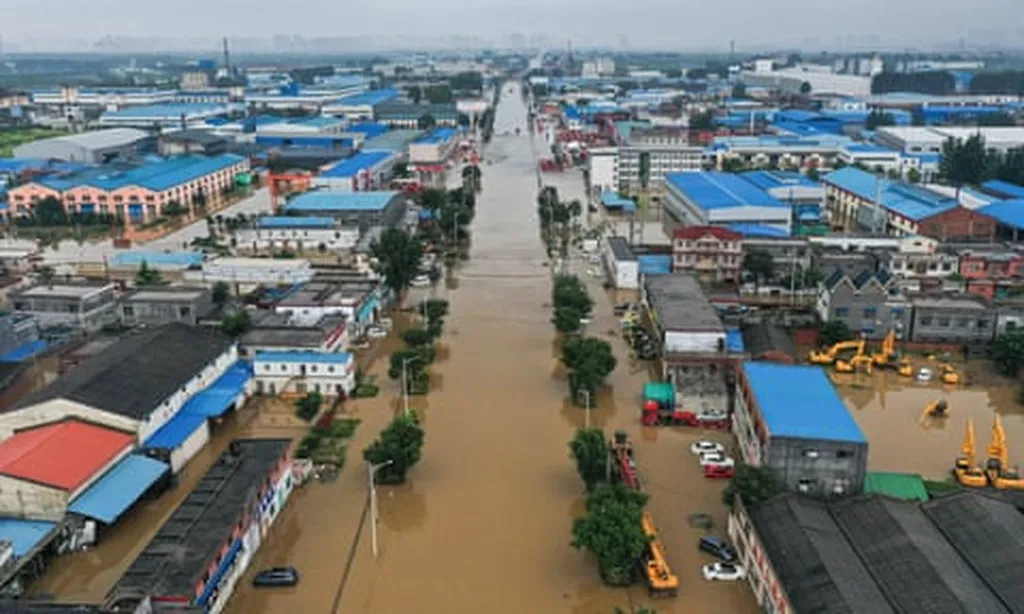In the heart of Hangzhou’s Qiantang District, a pressing issue of food security and spatial planning is being addressed through innovative research led by Jianren Shi, a professor at Zhejiang Gongshang University. Shi’s study, recently published in the Journal of Asian Architecture and Building Engineering (known in English as the Journal of Asian Architecture and Building Engineering), delves into the spatial configuration of fresh food retail facilities and residents’ food security needs, offering a fresh perspective on sustainable urban development.
The research employs a supply-demand coupling coordination model to evaluate the spatial allocation of fresh food retail facilities and residents’ food security needs. This approach is a significant shift from traditional methods, as it considers both the supply side—fresh food retail facilities—and the demand side—residents’ food security needs. “This coupled coordination perspective allows us to identify ‘food deserts’—areas where residents have limited access to fresh, healthy food—and understand the spatial dynamics at play,” Shi explains.
The study’s findings are striking. Of the 60 communities studied in Qiantang District, 23.33% were categorized as imbalanced and declining, primarily located in border areas. Another 43.33% were in transitional development with a wide distribution, while 33.33% exhibited coordinated development, concentrated in high commercial density areas. These findings highlight significant imbalances in the spatial configuration of fresh food retail facilities and residents’ food security needs.
Shi’s research offers a compelling narrative for the commercial sector, particularly for investors and developers. The identification of ‘food deserts’ and areas of transitional development presents opportunities for strategic investment in fresh food retail facilities. Moreover, the study’s findings can inform urban planning policies, shaping the future development of communities and promoting food security.
The research also has implications for the energy sector. As urban areas become more densely populated, the demand for energy-efficient and sustainable food retail facilities will increase. Shi’s study can guide the development of such facilities, contributing to a more sustainable and resilient urban environment.
Shi’s work is a significant contribution to the field of urban planning and food security. It offers a novel approach to evaluating the spatial configuration of fresh food retail facilities and residents’ food security needs, enriching the theoretical framework of fresh retail facility planning. As cities continue to grow and evolve, Shi’s research will be instrumental in shaping sustainable and resilient urban environments.
In the words of Shi, “This research is not just about identifying problems; it’s about providing solutions. It’s about creating communities where residents have access to fresh, healthy food, and where businesses can thrive.” This forward-thinking approach is set to influence future developments in the field, promoting a more sustainable and equitable urban environment.

